

Pronounced “mahr-keez”, the romantic Marquise cut diamond with an aristocratic air, has origins dating back to the 17th century. The Marquise cut is also referred to as a “navette” diamond, meaning “little ship” in French. Legend has it that this diamond cut was named for the Marquise de Pompadour, a mistress of King Louis XV because its outline resembled the shape of her mouth. This graceful, elongated diamond has curved sides and pointed ends.
Compared to other diamond cuts, carat-for-carat, the Marquise cut has one of the largest crown surface areas making these diamonds appear larger face-up than a round brilliant cut diamond of the same weight. With less waste incurred during cutting, Marquise cut diamonds are less expensive than round brilliant cut diamonds of the same carat weight, without sacrificing brilliance and sparkle.
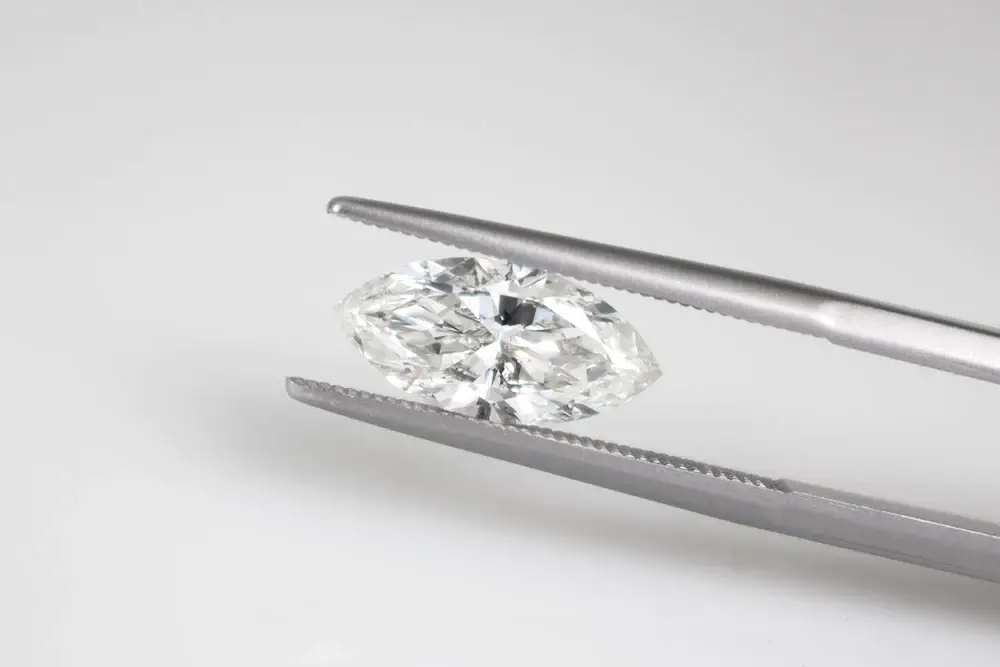
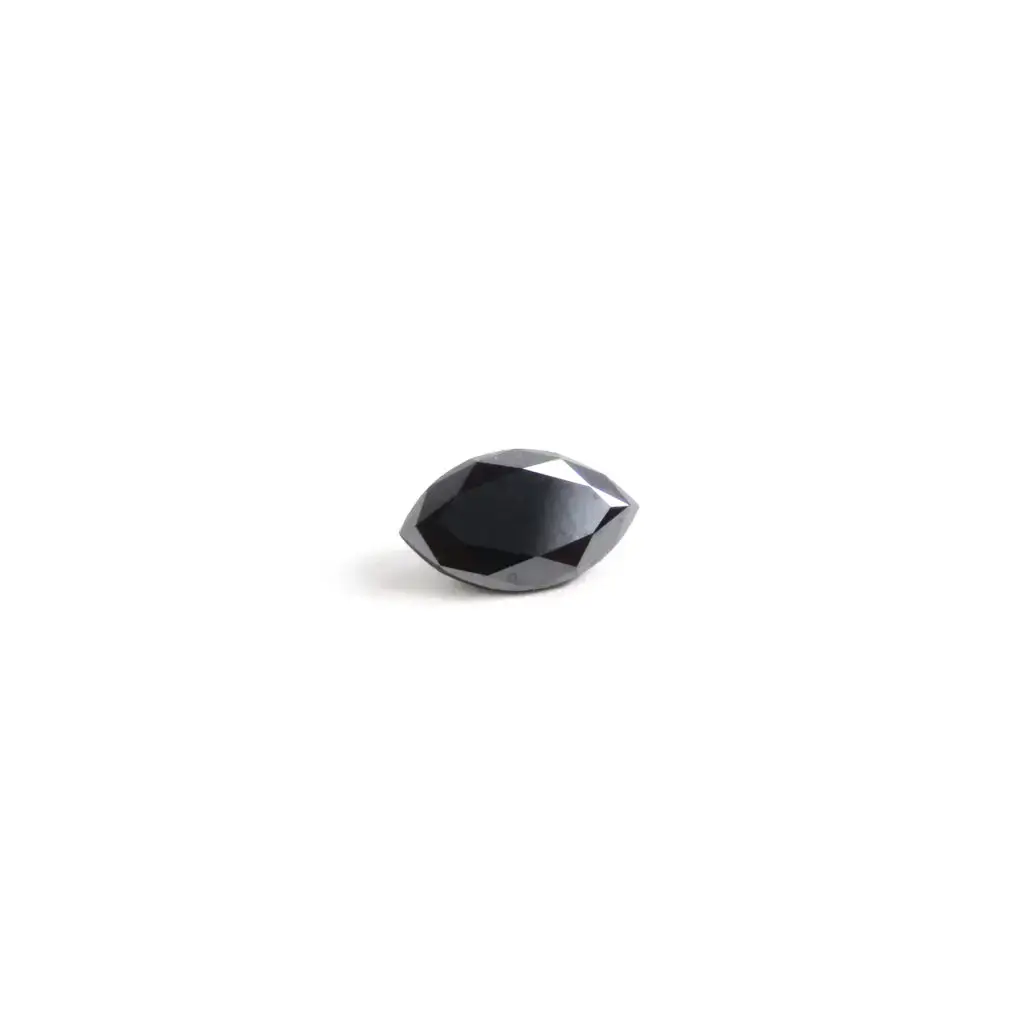
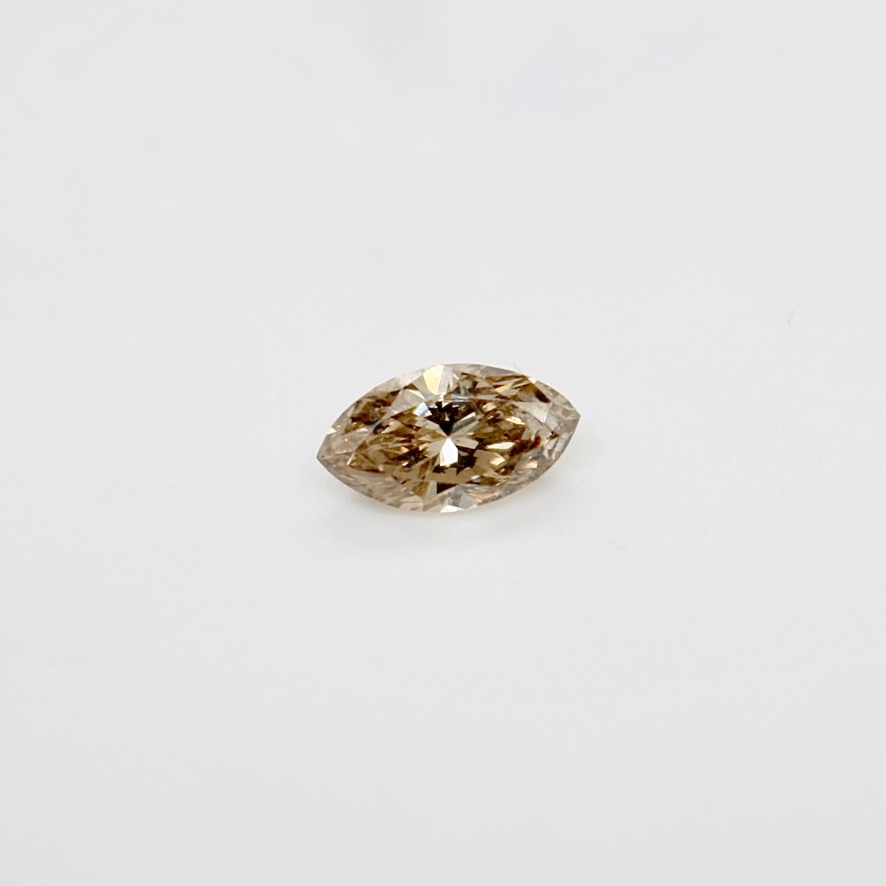
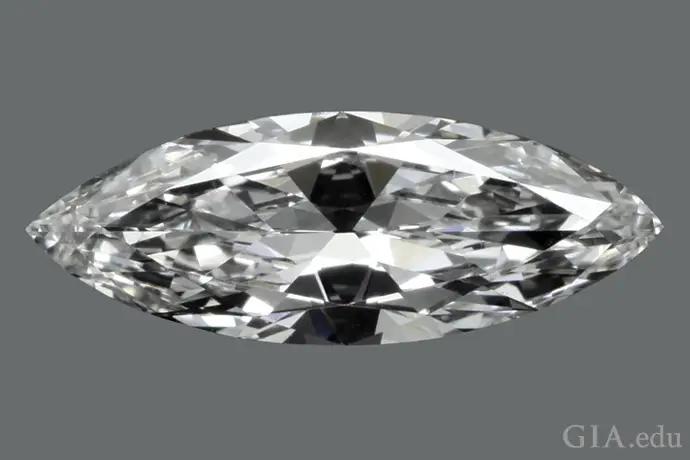
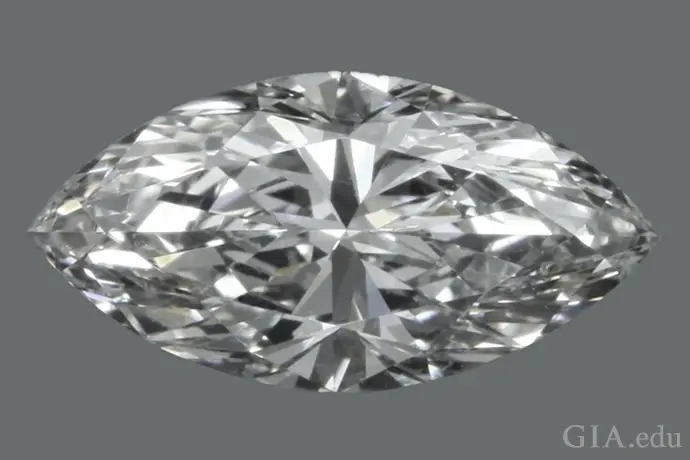
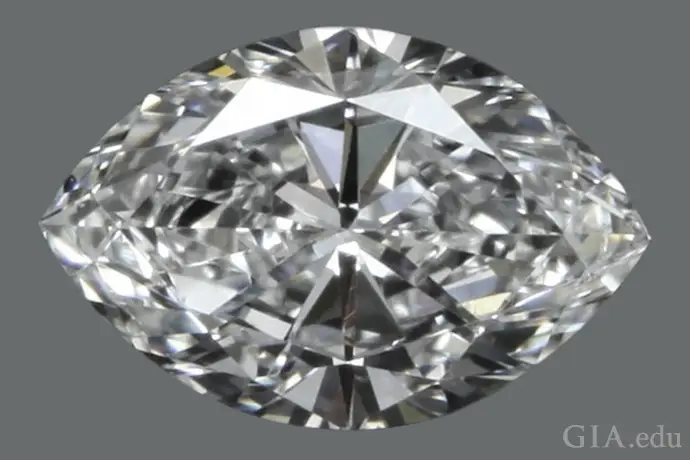
2. Symmetry: This is a key component of good design and, along with shape appeal, is an important consideration in determining a marquise diamond’s overall visual appeal. Look at the curve of the wings to make sure they’re symmetrical. All the wings should have the same amount of curve. Draw an imaginary horizontal line across the diamond at the belly and observe whether the two halves are symmetrical in outline and equal in length; one half of the diamond should not be longer or shorter than the other. The symmetry of the facets also helps determine the beauty of the cut; the more symmetrical the facets are, the more desirable the diamond will be.
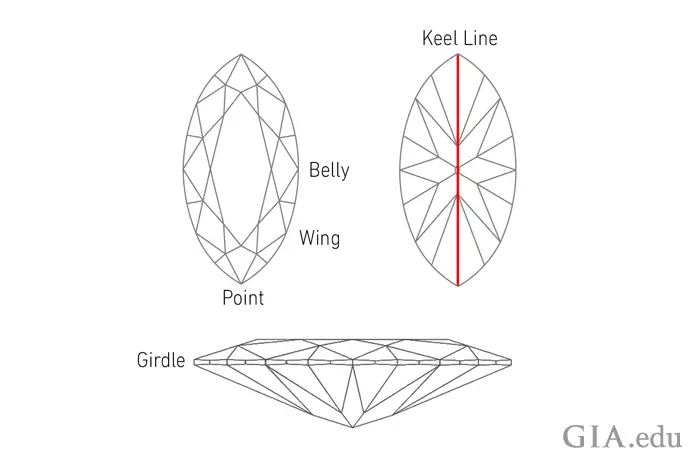
3. Shape Appeal: It’s not enough for a marquise diamond to be symmetrical; symmetry and shape appeal are judged differently. Consider each diamond individually, comparing its parts to its whole. Here are some of the most common shape problems, which may limit the diamond’s appeal; however, the diamond that catches your eye in the end and what appeals to you is what matters.
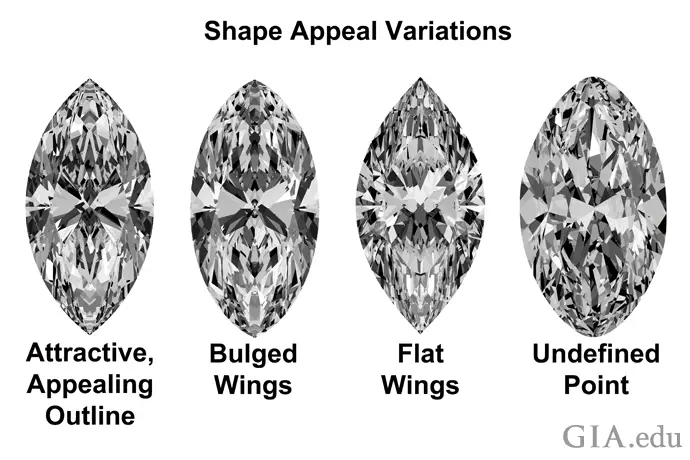
4. A Marquise Diamond and Its Bow-Tie: Face-up, many marquise diamonds cut in the brilliant style show a dark shadow that resembles a bow-tie across the width of the diamond in the centre of the table. A bow tie can be light grey to black: The darker and wider it is, the more it can negatively affect the diamond’s appearance. Marquise diamonds typically have some degree of a bow tie, as those without a bow tie usually lack brightness and tend to be dull. To see the extent of the bow-tie effect in a marquise diamond, try to view it as diamond graders do: Look at the diamond face-up, without magnification, under normal lighting conditions at a normal viewing distance, as if it’s being worn on your hand.
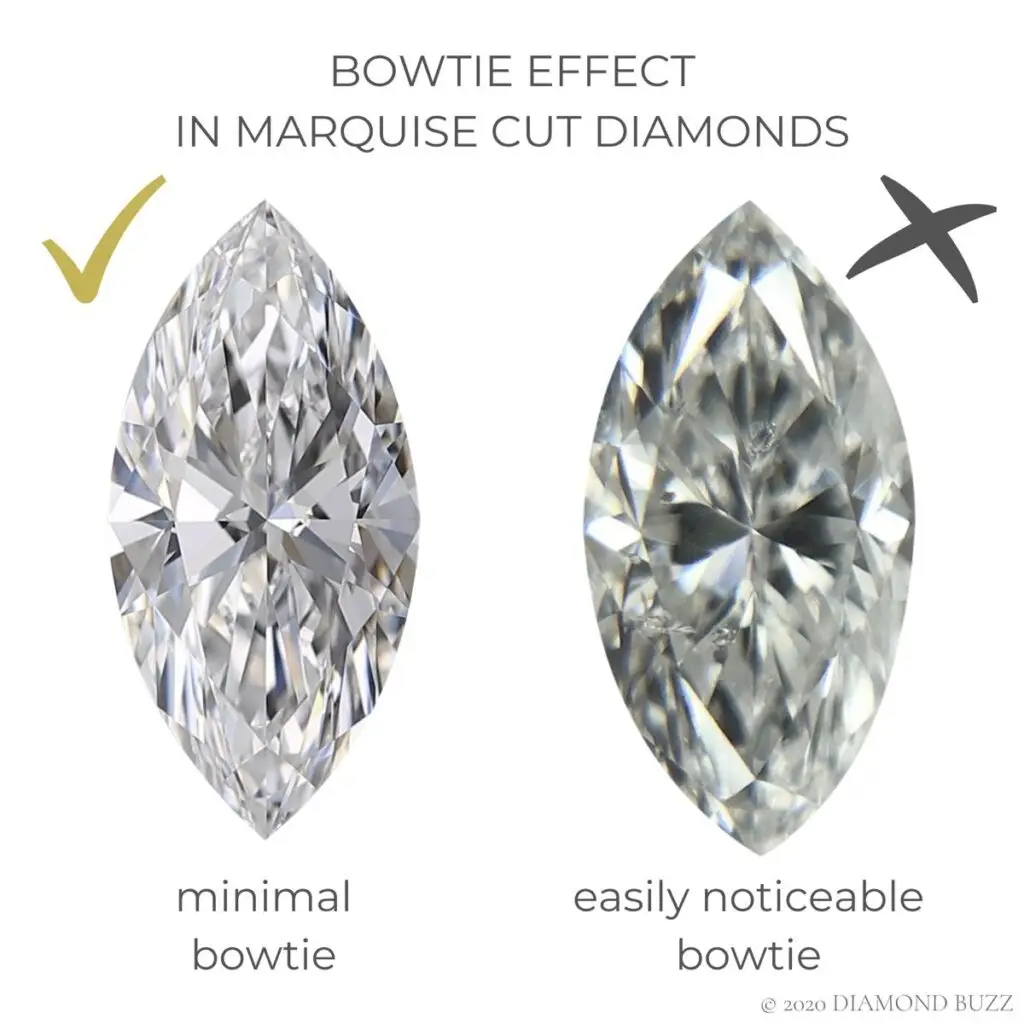
Now you know what to look for if your future bride has fallen in love with this diamond shape.
Article credit: Gemological Institute of America
